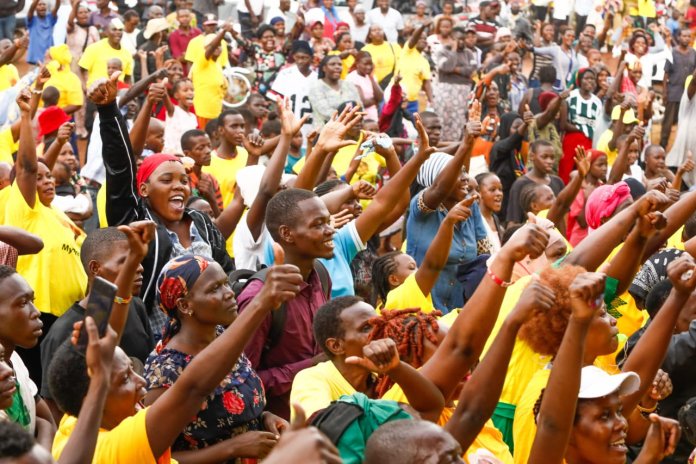
Uganda’s political opposition has once again come under scrutiny after failing its first major test in the run-up to the 2026 general elections. Despite heightened expectations from the public, divisions, disorganization, and lack of a unified strategy have left the ruling National Resistance Movement (NRM) appearing unbothered and in control.
Opposition Unity Remains Elusive
Political analysts argue that Uganda’s opposition continues to struggle with:
- Factionalism within major parties.
- Personality clashes among presidential hopefuls.
- Lack of a common agenda to rally voters.
Without unity, opposition parties risk splitting votes, a factor that has historically benefitted the NRM.
NRM’s Confident Posture
The ruling NRM, led by President Yoweri Museveni, seems largely unshaken by the opposition’s disorganization. The party has already begun mobilizing across the country, projecting itself as the stable and reliable choice for 2026.
An NRM insider noted:
“As long as the opposition remains divided, our job is already half done.”
Public Perception
Many Ugandans who had hoped for a strong opposition front to challenge the NRM are expressing disappointment. Civil society groups warn that without credible coordination, voter apathy may increase, undermining democratic participation.
The Road to 2026
With less than a year to the elections, the opposition faces urgent tasks:
- Building alliances across parties.
- Crafting a clear policy alternative.
- Restoring public confidence through strong grassroots mobilization.
If these challenges are not addressed, the NRM could face little resistance in maintaining its grip on power.
